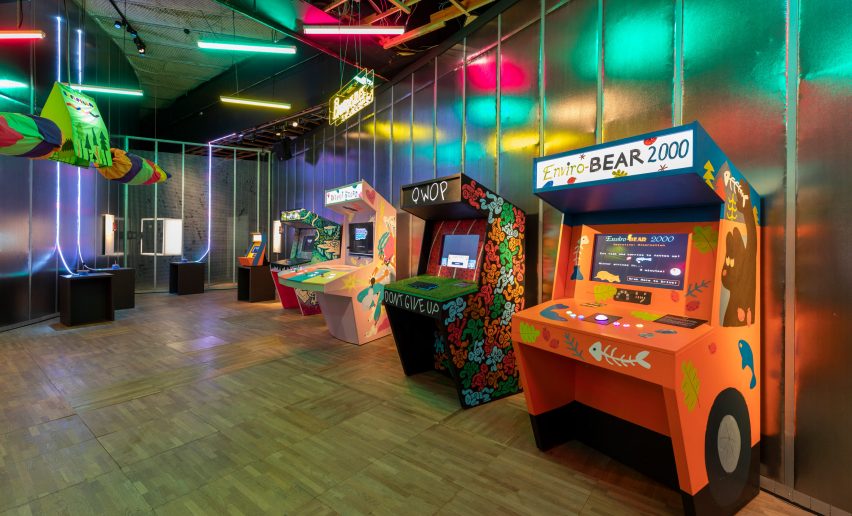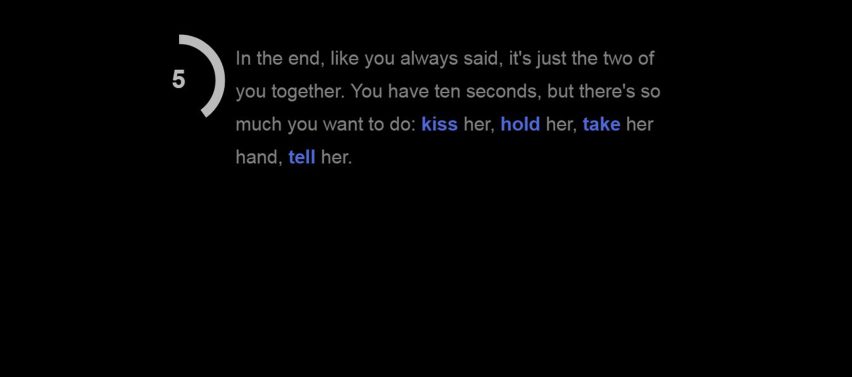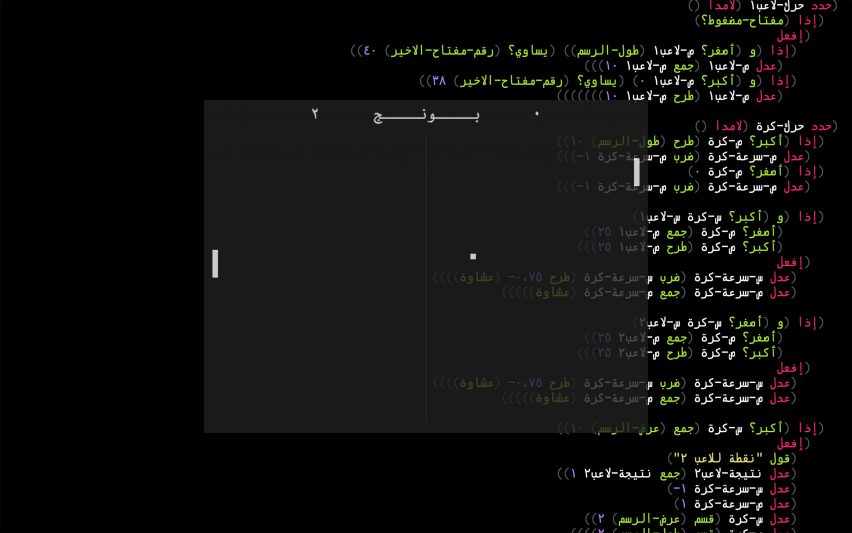
V&A curator Marie Foulston describes five pioneering designs in Videogames exhibition
A new exhibition at the V&A in London explores the designs of video games of the past decade. In a Dezeen exclusive, curator Marie Foulston picks out five of the most groundbreaking examples and reveals the stories behind them.
Videogames: Design/Play/Disrupt opened at the V&A earlier this month and continues until 24 February 2019.
The exhibition sets out to reveal the cutting-edge technology and craft behind today's video games. According to curator Marie Foulston, who is also co-founder of game collective Wild Rumpus, we have recently experienced a radical period in video game history.
Technological advances, from the widespread use of social media to the rise of open-source making, has led to a range of pioneering approaches to gaming. The results include the emergence of esports stadium events and worldwide player communities.
Foulston talks through her five top picks from the show below:

Journey
"Journey is a visually lavish online multiplayer game with a difference. Thatgamecompany, an independent design studio, aspired to create game that would evoke a range of emotional experiences they felt were rarely present in games, those of empathy, love and awe. Players travel through a vast desert landscape, meeting with other online players anonymously on their way.
"The game was initially released digitally via the PlayStation Network, and launched to widespread critical acclaim and commercial success, receiving numerous Game of the Year accolades in 2012.
"Journey stands as a landmark work fully embodying the ambition and hopefulness of the early 2010s, a period in games filled with optimism about the creativity of a new wave of independent designers and the potential offered by digital distribution."
Building MegaObjects in Minecraft
"In 2010, YouTube user Halkun uploaded a video entitled Building MegaObjects in Minecraft. 'Hi there everybody' he says, ‘this is Halkun and I'm going to demonstrate to you how I really don't play Minecraft like other people.' The in-game camera then pans round to reveal a 1:1 scale replica of the Starship Enterprise.
"Back in 2010, Halkun's way of playing within the newly-released Minecraft was not simply hugely impressive, but by his own admission incredibly unexpected. In contrast, today we speak of Minecraft as 'the Lego of videogames' as much a game as a tool. The openness of Minecraft, its lack of parameters or goals, has led to many creative uses, such as huge feats of construction, engineering, storytelling or game design.
"This video stands not only as a critical moment in the evolution of the way we 'play' Minecraft, but one which highlights how vital the rise of social video platforms such as YouTube were in building the success of Minecraft."

Twine
"Originally released in 2009, Twine is a tool that enables the creation of interactive fiction and text-based games. Using a visual drag and drop interface, it doesn't require any experience of programming.
"Whilst Twine games might at first appear deceptively simple, the freedom and flexibility the platform affords has given rise to some of the most experimental and forward-thinking games in recent years. If you're not familiar with Twine games, then a few recommendations from some truly iconic contemporary designers include Queers in Love at the End of the World by Anna Anthropy, Even Cowgirls Bleed by Christine Love and With Those We Love Alive by Porpentine.
"Twine sits alongside Unity, Ren'Py and GameMaker Studio as tools which in the past few decades have helped lower the barriers to making games through their accessibility and relative ease of use. However, it is perhaps Twine which stands out as one of the most radical.

Line Wobbler
"Creator Robin Baumgarten was inspired to create Line Wobbler after watching a viral YouTube cat video in which a cat wakes up his owner every morning by flicking a spring like doorstop. Like the video that inspired it, it is a mischievous and playful video game.
"The game consists of a single strip of programmable LED lights that act as the game's screen. It is played using a giant spring-shaped controller that players wobble back and forth to guide their 'character' through a series of 'dungeons' and traverse obstacles.
"The game is part of a growing alt.ctrl scene which has seen game designers develop new forms of interaction, exploring the physical potential of videogames. They create games which reach beyond the screen to create physical and playful works of spectacle and performance."

بونج
"Pronounced 'boonj', بونج is a recreation of the classic game Pong undertaken by computer scientist and game designer Ramsey Nasser. What makes this version so unique is that Nasser created it using alb, spelled قلب, a programming language he developed which uses the Arabic alphabet.
"Nasser's work highlights the language barriers present within digital design, where all major programming languages are based on the Latin alphabet. Sadly, Nasser acknowledges that alb is not feasible for use on a wider scale, as its simply is not compatible with today's digital infrastructures.
"Whilst the past 15 years of videogame design is often held up as a period of democratisation, paving the way for new voices and new ideas, we still have a very long way to go before we can consider the medium truly diverse. Boonj stands as just one reminder of the many barriers to access that still persist for some, often in unseen ways."